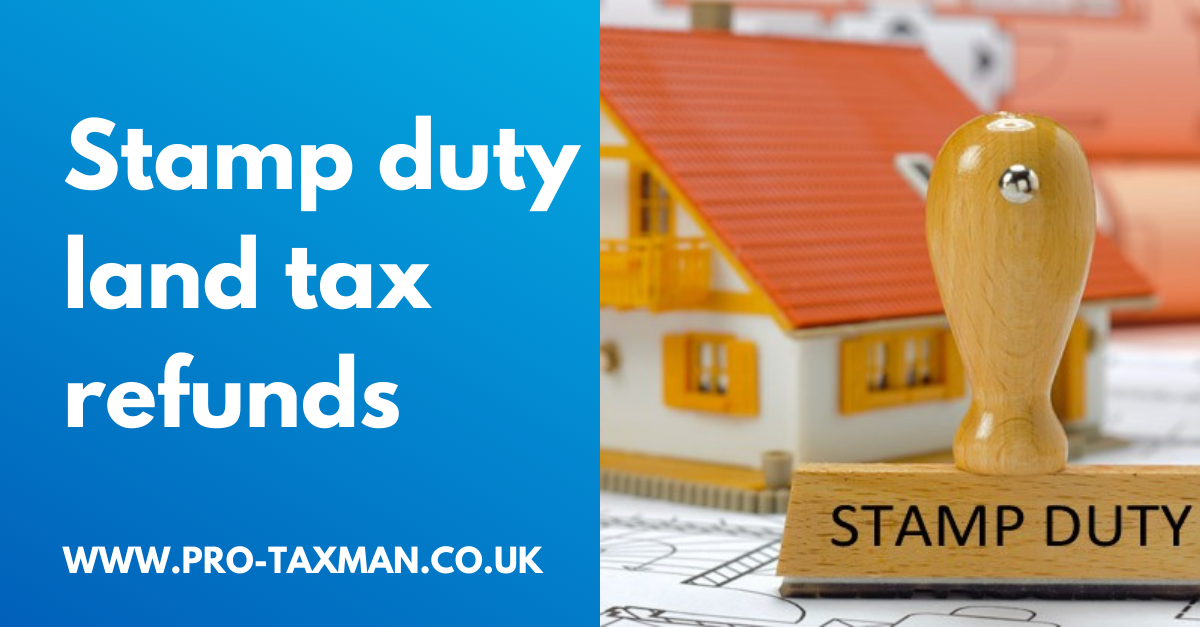The additional stamp duty land tax (SDLT) rate of 3% is payable by purchasers of residential properties costing £40,000 or more and if all of the following conditions apply:
- it will not be the only residential property worth £40,000 or more owned (or part owned) by the purchaser anywhere in the world
- the previous main home has not been sold or gifted and
- no one else has a lease on it which has more than 21 years left to run
The charge applies even where the second property is the buyer’s new home (main residence), and they intend to sell the other property but have not done so because, for example, they have not been able to find a buyer. However, the legislation recognises that such difficulties can arise and allows a refund to be claimed in specific circumstances. The buyer will initially have to pay the 3% SDLT surcharge and then apply for the refund provided that their existing main residence is disposed of within 36 months of completing the purchase of the ‘replacement’ home.
Extensions due to exceptional circumstances
In the vast majority of cases, this 36 month timeframe provides sufficient time for people to sell but, in certain specific cases, an extension to the 36 months can be granted if an affected taxpayer has not been able to sell due to exceptional circumstances outside of their control (e.g. the coronavirus pandemic). Such taxpayers must make a sale as soon as practicable once the exceptional impediment to sale ceases to apply; this applies to those whose refund window ended on or after 1 January 2020.
SDLT refunds can also be claimed on property transactions where the purchaser was a first-time buyer who has purchased a shared ownership property for £500,000 or less and paid on the purchase. The chancellor removed the liability for SDLT payable on these transactions in the autumn Budget and made the change retrospective thereby applying to first-time buyers who purchased their homes on or after 22 November 2017.
SDLT refunds for uninhabitable properties
In addition, SDLT refunds may also be available in situations where a second property has been purchased, which was unfit to live in at the time of purchase but was purchased with intent to renovate it as a buy-to-let investment. The additional 3% may have been charged at the time of purchase but following the tax case of PN Bewley Ltd v HMRC [2019] UKFTT 65 (TC), it was ruled that properties that are not habitable at the time of completion do not constitute a ‘dwelling’ and therefore are not liable to the 3% additional SDLT charge.The judge ruled that ‘a dwelling will, as a minimum, contain facilities for personal hygiene, the consumption of food and drink, the storage of personal belongings, and a place for an individual to rest and to sleep’.
Purchasers of property who have incurred the surcharge since 2016 (on properties that they believe were uninhabitable at the time of purchase) can apply for a SDLT refund if they are able to prove that the property is not a dwelling. Furthermore, a property deemed not suitable to be a dwelling is not only not subject to the 3% surcharge, but it is treated as a non-residential property liable to SDLT at the applicable rates.
Applying for a refund under the 36 months ‘replacement’ rules can be online with the time limit for making the refund being 12 months after the sale of the previous main residence (or 12 months from the filing date of the return for a new return). HMRC may permit this deadline to be extended in exceptional circumstances such as if the house could not be sold due to Covid. Refunds under other circumstances are usually via a letter.
Need professional accounting service or accounting advice? Contact us to book a 15-min Free Consultation with us today.
To find out more please follow us on Facebook, Twitter, or LinkedIn. Feel free to contact us on 0333 006 4847 or request a call back by texting 075 6464 7474

